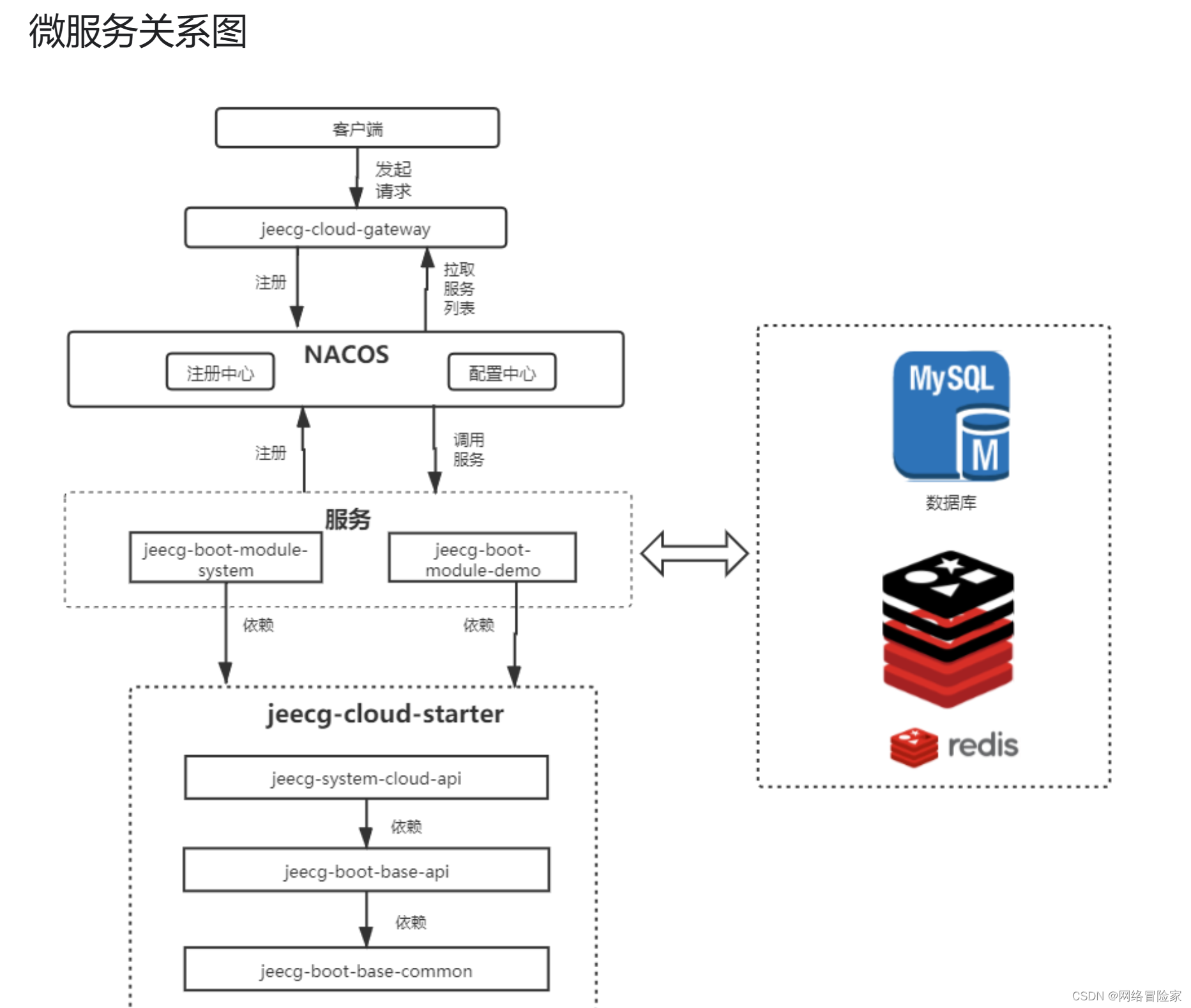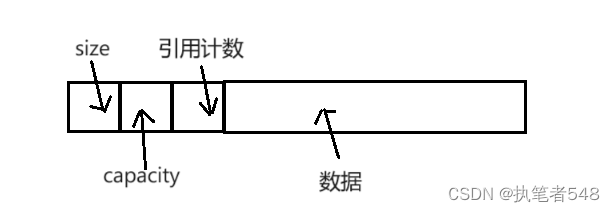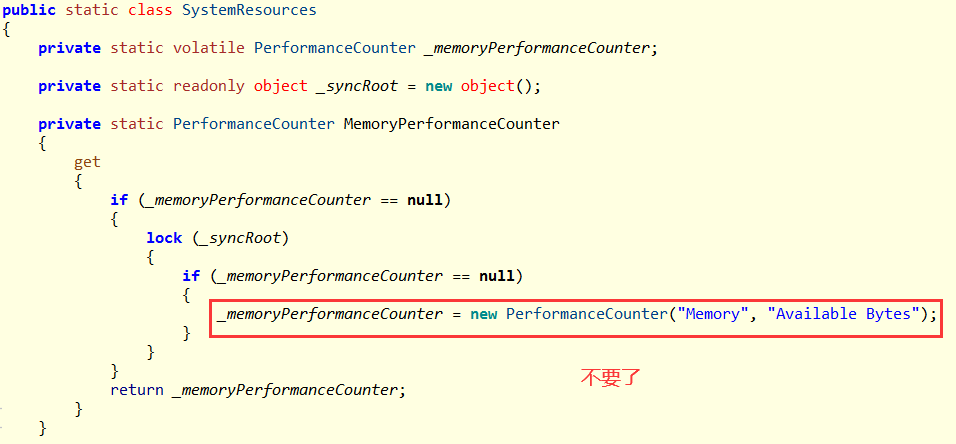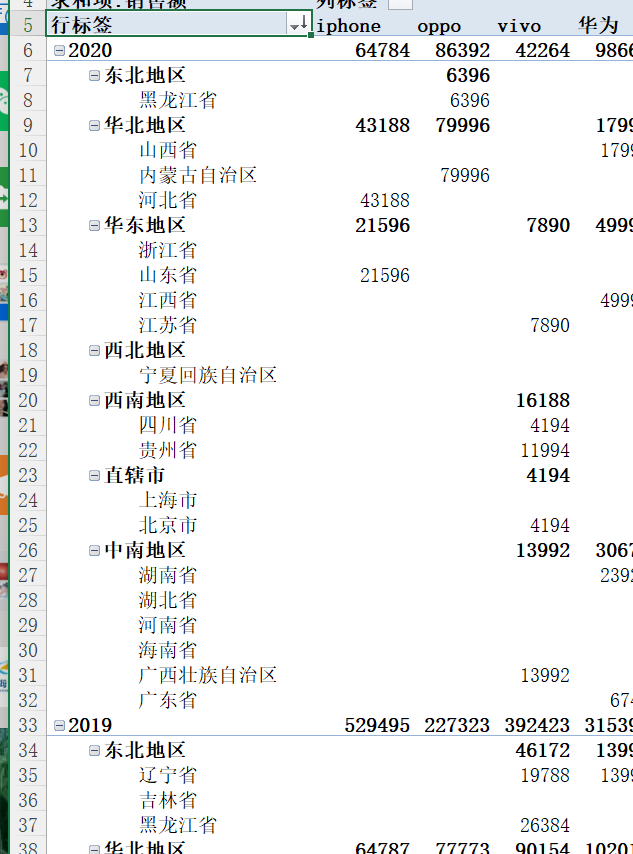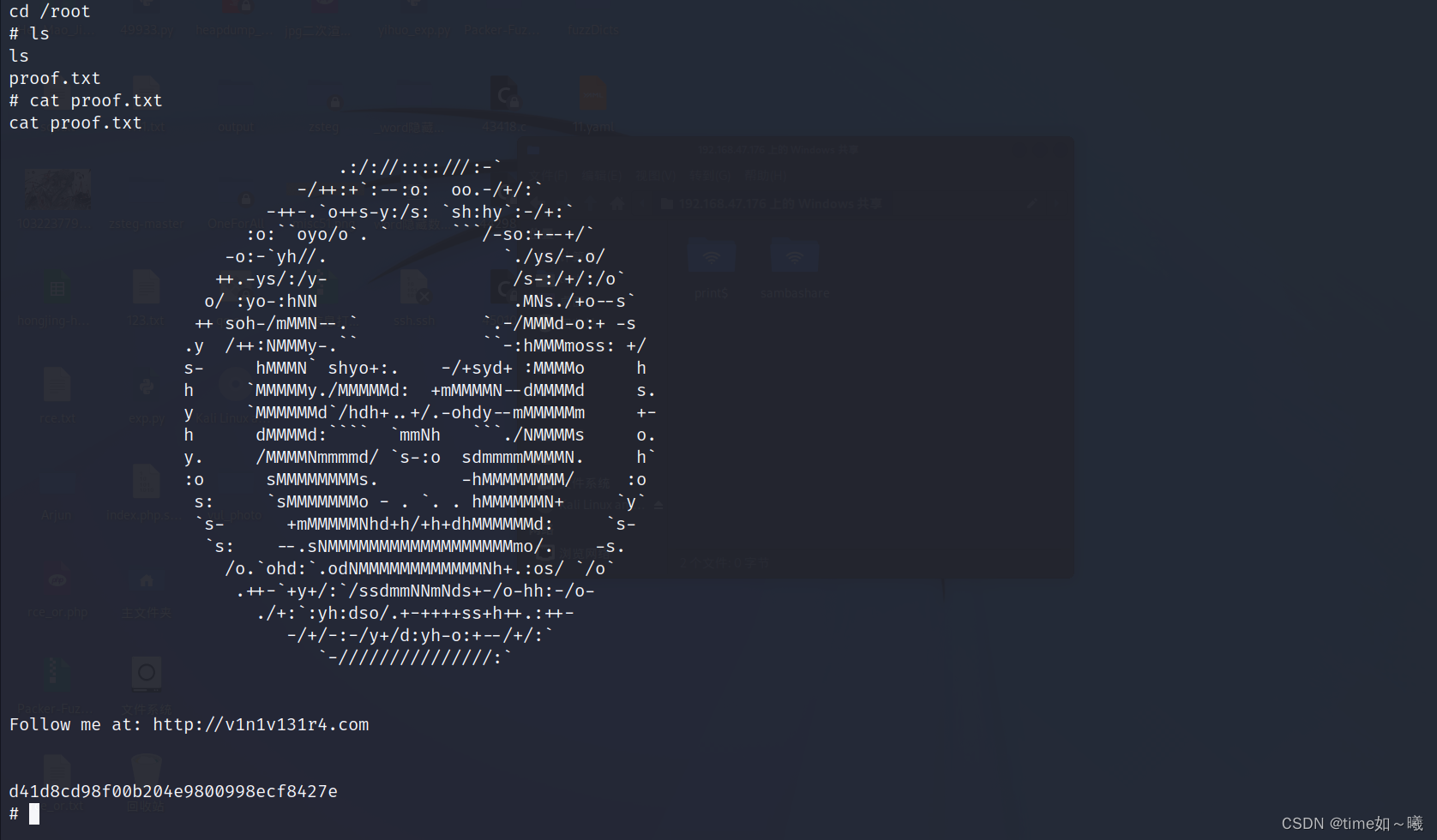
✨个人主页: 熬夜学编程的小林
💗系列专栏: 【C语言详解】 【数据结构详解】【C++详解】
目录
1、拷贝构造函数
1.1、概念
1.2、特征
2、运算符重载
2.1、等号运算符重载
总结
1、拷贝构造函数
1.1、概念
在现实生活中,可能存在一个与你一样的自己,我们称其为双胞胎。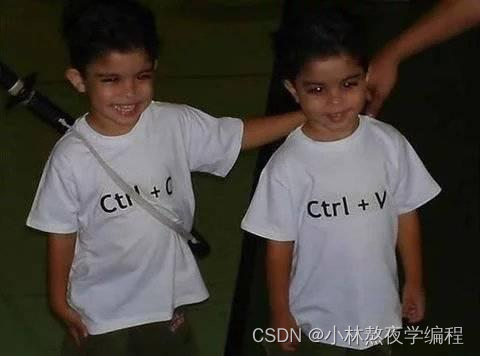
那在创建对象时,可否创建一个与已存在对象一某一样的新对象呢?
拷贝构造函数:只有单个形参,该形参是对本类类型对象的引用(一般常用const修饰),在用已存在的类类型对象创建新对象时由编译器自动调用。
1.2、特征
拷贝构造函数也是特殊的成员函数,其特征如下:
1. 拷贝构造函数是构造函数的一个重载形式。
2. 拷贝构造函数的参数只有一个且必须是类类型对象的引用,使用传值方式编译器直接报错,因为会引发无穷递归调用。
#include<iostream>
using namespace std;
class Date
{
public:
Date(int year = 1900, int month = 1, int day = 1)
{
_year = year;
_month = month;
_day = day;
}
// Date(const Date& d) // 正确写法
//C++规定自定义的类型传值调用时都会调用拷贝构造
Date(const Date d) // 错误写法:编译报错,会引发无穷递归
{
_year = d._year;
_month = d._month;
_day = d._day;
}
private:
int _year;
int _month;
int _day;
};
int main()
{
Date d1;
Date d2(d1);
return 0;
}

3. 若未显式定义,编译器会生成默认的拷贝构造函数。 默认的拷贝构造函数对象按内存存储按
字节序完成拷贝,这种拷贝叫做浅拷贝,或者值拷贝。
内置类型编译器默认生成的拷贝构造函数---浅拷贝
class Date
{
public:
Date(int year,int month,int day)
{
_year = year;
_month = month;
_day = day;
}
private:
int _year;
int _month;
int _day;
};
int main()
{
Date d1(2022, 2, 22);
Date d2(d1);
return 0;
}调试结果如下图:

通过调试可以知道,我们不手动写构造函数,编译器会自动生成默认构造函数。
自定义类型
#include<iostream>
using namespace std;
class Time
{
public:
Time()
{
_hour = 1;
_minute = 1;
_second = 1;
}
Time(const Time& t)
{
_hour = t._hour;
_minute = t._minute;
_second = t._second;
cout << "Time::Time(const Time&)" << endl;
}
private:
int _hour;
int _minute;
int _second;
};
class Date
{
private:
// 基本类型(内置类型)
int _year = 1970;
int _month = 1;
int _day = 1;
// 自定义类型
Time _t;
};
int main()
{
Date d1;
// 用已经存在的d1拷贝构造d2,此处会调用Date类的拷贝构造函数
// 但Date类并没有显式定义拷贝构造函数,则编译器会给Date类生成一个默认的拷贝构造函数
Date d2(d1);
return 0;
}注意:
在编译器生成的默认拷贝构造函数中,内置类型是按照字节方式直接拷贝的,而自定
义类型是调用其拷贝构造函数完成拷贝的。
4. 编译器生成的默认拷贝构造函数已经可以完成字节序的值拷贝了,还需要自己显式实现吗?
当然像日期类这样的类是没必要的。那么下面的类呢?验证一下试试?
// 这里会发现下面的程序会崩溃掉?这里就需要我们以后讲的深拷贝去解决。
#include<iostream>
using namespace std;
typedef int DataType;
class Stack
{
public:
Stack(size_t capacity = 10)
{
_array = (DataType*)malloc(capacity * sizeof(DataType));
if (nullptr == _array)
{
perror("malloc申请空间失败");
return;
}
_size = 0;
_capacity = capacity;
}
void Push(const DataType& data)
{
// CheckCapacity();
_array[_size] = data;
_size++;
}
~Stack()
{
if (_array)
{
free(_array);
_array = nullptr;
_capacity = 0;
_size = 0;
}
}
private:
DataType* _array;
size_t _size;
size_t _capacity;
};
int main()
{
Stack s1;
s1.Push(1);
s1.Push(2);
s1.Push(3);
s1.Push(4);
Stack s2(s1);
return 0;
}
注意:类中如果没有涉及资源申请时,拷贝构造函数是否写都可以;一旦涉及到资源申请
时,则拷贝构造函数是一定要写的,否则就是浅拷贝。
5. 拷贝构造函数典型调用场景:
使用已存在对象创建新对象。
函数参数类型为类类型对象。
函数返回值类型为类类型对象。
#include<iostream>
using namespace std;
class Date
{
public:
Date(int year, int minute, int day)
{
cout << "Date(int,int,int):" << this << endl;
}
Date(const Date& d)
{
cout << "Date(const Date& d):" << this << endl;
}
~Date()
{
cout << "~Date():" << this << endl;
}
private:
int _year;
int _month;
int _day;
};
Date Test(Date d)
{
Date temp(d);
return temp;
}
int main()
{
Date d1(2022, 1, 13);
Test(d1);
return 0;
}
注意:此处因为编译器优化的原因只有一次构造函数,两次拷贝构造(传值调用的拷贝构造被优化了)。
为了提高程序效率,一般对象传参时,尽量使用引用类型,返回时根据实际场景,能用引用
尽量使用引用。
2、运算符重载
C++为了增强代码的可读性引入了运算符重载,运算符重载是具有特殊函数名的函数,也具有其
返回值类型,函数名字以及参数列表,其返回值类型与参数列表与普通的函数类似。
函数名字为:关键字operator后面接需要重载的运算符符号。
函数原型:返回值类型 operator操作符(参数列表)
注意:
1、不能通过连接其他符号来创建新的操作符:比如operator@。
2、重载操作符必须有一个类类型参数
3、用于内置类型的运算符,其含义不能改变,例如:内置的整型+,不能改变其含义
作为类成员函数重载时,其形参看起来比操作数数目少1,因为成员函数的第一个参数为隐
藏的this
4、.* :: sizeof ?: . 注意以上5个运算符不能重载。这个经常在笔试选择题中出现。
2.1、等号运算符重载
使用公有权限和友元实现全局等于运算符重载
//全局operator==
class Date
{
public:
Date(int year = 2022,int month = 2 ,int day = 22)
{
_year = year;
_month = month;
_day = day;
}
friend bool operator==(const Date& d1, const Date& d2);
private:
int _year;
int _month;
int _day;
};
// 这里会发现运算符重载成全局的就需要成员变量是公有的,那么问题来了,封装性如何保证?
// 这里其实可以用我们后面学习的友元解决,或者干脆重载成成员函数。
// 方案1、使用public(公有)访问限定符
//bool operator==(const Date& d1, const Date& d2)
//{
// return d1._year == d2._year
// && d1._month == d2._month
// && d1._day == d2._day;
//}
//方案2、使用友元,即在类中对函数进行声明,并在函数前面加friend关键字
bool operator==(const Date& d1, const Date& d2)
{
return d1._year == d2._year
&& d1._month == d2._month
&& d1._day == d2._day;
}
int main()
{
Date d1(2022, 1, 1);
Date d2(2022, 1, 2);
if (d1 == d2)
{
cout << "d1==d2" << endl;
}
else
{
cout << "d1!=d2" << endl;
}
return 0;
}使用类成员函数实现等于操作符重载
class Date
{
public:
Date(int year, int month, int day)
{
_year = year;
_month = month;
_day = day;
}
// bool operator==(const Date* this, const Date& d2)
// 这里需要注意的是,左操作数是this,指向调用函数的对象
// _year 是实质是this->_year
bool operator==(const Date& d)
{
return _year == d._year
&& _month == d._month
&& _day == d._day;
}
private:
int _year;
int _month;
int _day;
};
int main()
{
Date d1(2022, 1, 1);
Date d2(2022, 1, 2);
if (d1 == d2)
{
cout << "d1==d2" << endl;
}
else
{
cout << "d1!=d2" << endl;
}
return 0;
}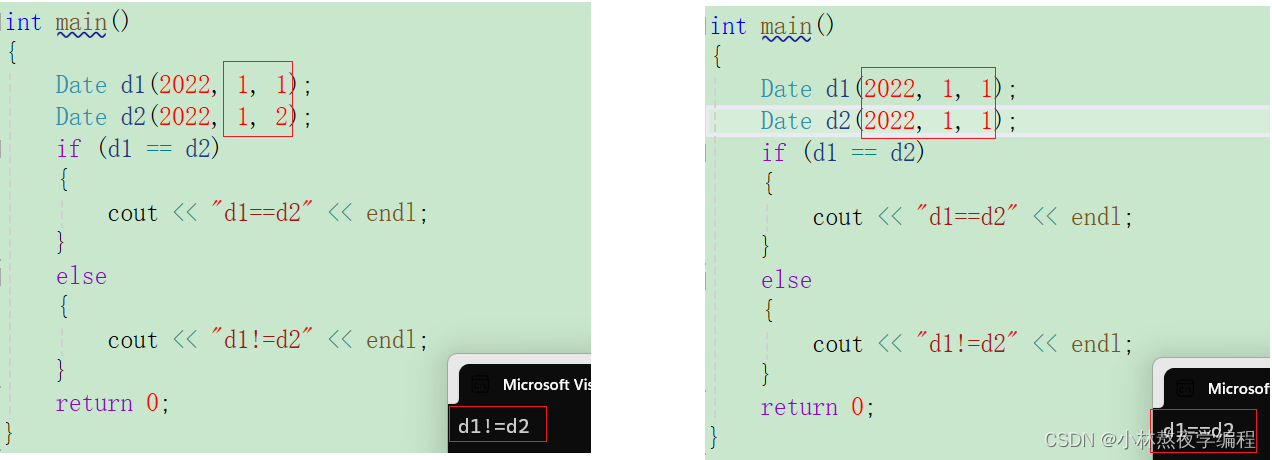
总结
本篇博客就结束啦,谢谢大家的观看,如果公主少年们有好的建议可以留言喔,谢谢大家啦!






